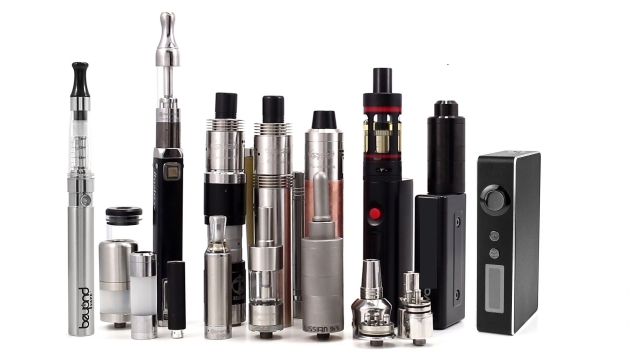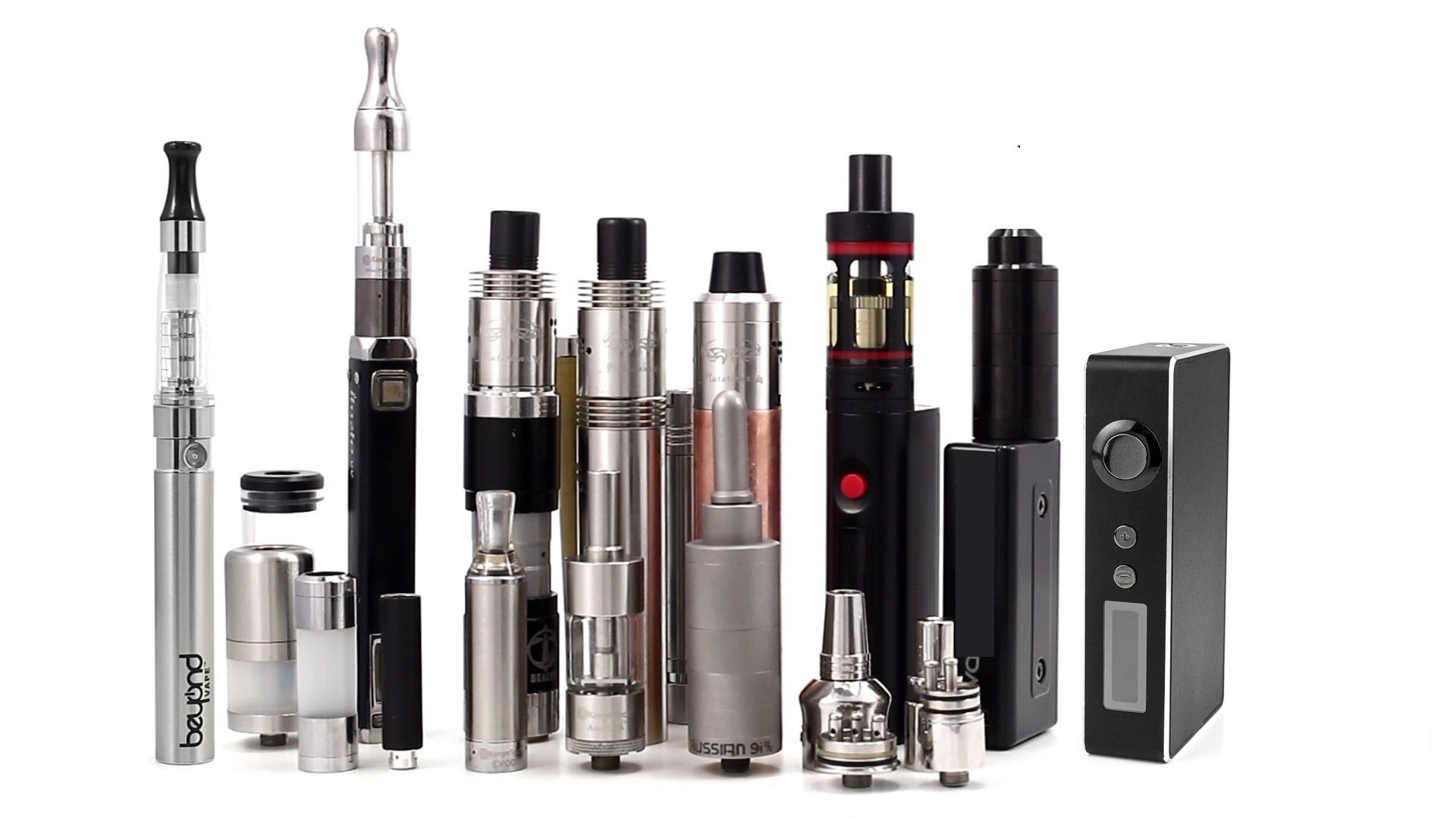
The Rise of Vaping: Exploring the E-Cigarette Revolution
Ryan Flores -In recent years, an undeniable cultural shift has taken place as e-cigarettes have surged in popularity, paving the way for a smoking alternative that has captured the interest of millions. Vaping, as this trend is commonly known, has transformed the way people approach nicotine consumption, presenting a seemingly more modern and less harmful way to satisfy cravings. The rise of e-cigarettes has sparked debates among health professionals, regulators, and society as a whole, urging us to delve deeper into this fascinating phenomenon and explore how it has revolutionized the smoking landscape. With keywords such as "e-cigarette" and "vape" at the forefront of this discussion, let’s embark on an illuminating journey to understand the intricacies and implications of this e-cigarette revolution.
The Birth of E-Cigarettes
In the early 2000s, a new alternative to traditional smoking emerged, giving rise to what we now know as the e-cigarette or vape. This revolutionary invention aimed to provide smokers with a healthier and potentially less harmful way to enjoy nicotine.
The concept of electronic cigarettes can be traced back to a Chinese pharmacist named Hon Lik, who invented the first modern e-cigarette after losing his father to lung cancer. Motivated by a desire to find a safer alternative, Lik patented his invention in 2003, and soon after, e-cigarettes started gaining popularity in the Chinese market.
It wasn’t long before the e-cigarette trend spread beyond China and reached other parts of the world. As people became more aware of the potential health risks associated with traditional smoking, the demand for e-cigarettes grew exponentially. Manufacturers began to refine the technology, improving the design and functionality of these devices, making them more user-friendly and aesthetically pleasing.
The availability of various flavors and nicotine strengths further contributed to the rapid growth of e-cigarette use. Vapers could now choose from a wide range of flavors, including fruity, minty, and dessert-inspired options, creating a more diverse and enjoyable vaping experience.
The birth of e-cigarettes revolutionized the smoking industry, offering a potential alternative to traditional cigarettes. This newfound option opened doors to a world where smokers could still enjoy nicotine without the harmful effects of combustion and secondhand smoke. As the e-cigarette industry continued to evolve, so too did the debate surrounding its safety and long-term effects, sparking further research and discussion.
Stay tuned for the next section of our article, where we delve deeper into the development and evolution of e-cigarettes and explore the impact of vaping on society.
The Popularity of Vaping
Vaping, also known as e-cigarette usage, has gained significant popularity in recent years. Many individuals have turned to vaping as an alternative to traditional tobacco smoking. With its rise in popularity, vaping has become a common sight in various social settings.

One of the reasons for the surge in vaping’s popularity is the perception that it is a healthier option compared to smoking traditional cigarettes. Vaping devices heat a liquid solution, known as e-liquid or vape juice, which typically contains nicotine, flavorings, and other additives. Unlike traditional cigarettes, vaping does not involve burning tobacco, which eliminates the release of harmful toxins associated with combustion.
Additionally, the widespread availability of e-cigarettes and vape devices has contributed to their popularity. Vaping products can now be found in numerous retail establishments, ranging from dedicated vape shops to convenience stores. The ease of access and diverse range of flavors and devices make vaping an appealing choice for many people.
Furthermore, the growth of online communities and social media platforms dedicated to vaping has played a significant role in its popularity. These platforms allow enthusiasts to share their experiences, trade tips, and connect with like-minded individuals. As a result, vaping has developed a strong community presence, further fueling its rise in popularity.
In conclusion, the popularity of vaping has soared in recent years due to perceived health benefits, widespread availability, and the formation of vibrant online communities. As it continues to gain momentum, it is essential to remain aware of ongoing discussions about its potential risks and regulations.
Controversies Surrounding Vaping
The rapid rise of e-cigarette usage, commonly known as vaping, has sparked numerous controversies. While proponents argue that these devices offer a safer alternative to traditional smoking, skeptics raise concerns over potential health risks, appeal to young users, and the lack of regulations.
Firstly, one of the main controversies surrounding vaping is the potential health consequences. Critics argue that the long-term effects of e-cigarettes remain largely unknown, as they have only been in widespread use for a relatively short period. Some studies suggest that vaping may still carry health risks, such as respiratory issues and nicotine addiction. The lack of conclusive scientific evidence makes it difficult to fully assess the true impact of these devices on user health.
Another point of contention revolves around the appeal of vaping to younger individuals. Despite laws prohibiting the sale of e-cigarettes to minors, reports indicate that many young people are using these devices. Concerns have been raised that the appealing flavors, sleek designs, and social media marketing tactics utilized by e-cigarette companies are targeting and enticing underage users. Critics argue for stricter regulations to prevent youth access and curb potential addiction among this vulnerable demographic.
Lastly, the controversy surrounding vaping lies in the lack of consistent regulations. Unlike traditional cigarettes, e-cigarettes are not subject to the same level of scrutiny and oversight. This has led to an influx of products of varying quality and safety standards. Some argue for stricter regulations, including clear labeling requirements and product quality control, to ensure consumer safety and reduce the risk of counterfeit or dangerous vaping products.
In conclusion, the controversies surrounding vaping stem from concerns over potential health risks, appeal to young users, and the lack of consistent regulations. As the popularity of e-cigarettes continues to grow, addressing these controversies will be crucial in determining the long-term impact and safety of vaping.
You may also like
Archives
- December 2025
- November 2025
- October 2025
- September 2025
- August 2025
- July 2025
- June 2025
- May 2025
- April 2025
- March 2025
- February 2025
- January 2025
- December 2024
- March 2024
- February 2024
- January 2024
- December 2023
- November 2023
- October 2023
- September 2023
- August 2023
- July 2023
- June 2023
- May 2023
- April 2023
- March 2023
- February 2023
- January 2023
- December 2022
- November 2022
- October 2022
- September 2022
- August 2022
- July 2022
- June 2022
- May 2022
- April 2022
- March 2022
- February 2022
- January 2022